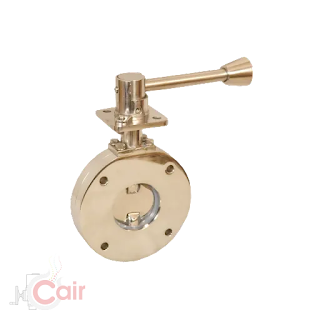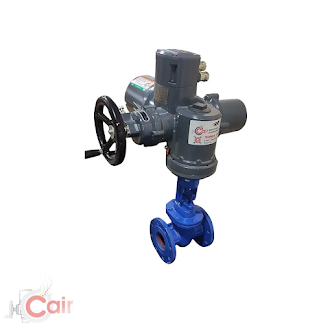Understanding the Function and Importance of Gate Valves in Water Lines
Gate valves play a crucial role in the functioning of water lines, ensuring the smooth and efficient flow of water. In this article, we will delve into the intricate details of gate valves, understanding how they work, and why they are indispensable components of water distribution systems.
What Are Gate Valves?
A gate valve for water line is a mechanical devices used to control the flow of liquids through pipes. They are commonly found in water supply systems, oil and gas pipelines, and various industrial applications. These valves are known for their exceptional ability to start or stop the flow of fluid completely. Let's explore their working principle in more depth.
How Gate Valves Work
Gate valves operate on a simple yet effective principle. They consist of a gate-like mechanism that can be raised or lowered within the valve body to either allow or block the flow of water. When the gate is in the fully raised position, water can flow freely through the valve. Conversely, when the gate is lowered, it creates a barrier that stops the water flow.
The Importance of Gate Valves
Precise Control: One of the primary advantages of gate valves is their ability to provide precise control over the flow of water. This makes them ideal for applications where flow regulation is critical.
Full Flow or No Flow: Gate valves offer a full-bore design, meaning that when fully open, they allow for unobstructed water flow. This feature reduces friction losses and ensures efficient water distribution.
Reliability: Gate valves are known for their reliability and longevity. They are less prone to wear and tear compared to some other types of valves, making them a cost-effective choice in the long run.
Durable Construction: These valves are typically constructed from robust materials such as cast iron, stainless steel, or brass, which enhances their durability and resistance to corrosion.
Types of Gate Valves
Gate valves come in various designs, each suited for specific applications. Here are some common types:
Rising Stem Gate Valves
In rising stem gate valves, the stem is attached to the gate, and when the valve is operated, the stem rises along with the gate. This design provides a clear visual indication of the valve's status.
Non-Rising Stem Gate Valves
Non-rising stem gate valves have a threaded stem that remains stationary while the gate moves up and down. These valves are more compact and suitable for installations with limited vertical space.
Wedge Gate Valves
Wedge gate valves use a wedge-shaped gate that fits perfectly into the valve seat. This design ensures a tight seal when the valve is closed, reducing the chances of leakage.
Parallel Slide Gate Valves
Parallel slide gate valves have two parallel gates that slide apart to allow flow or come together to block it completely. They are often used in high-pressure applications.
Applications of Gate Valves
Gate valves find application in various industries, including:
Water Treatment Plants
Gate valves are crucial components in water treatment plants, where they control the flow of water for purification processes and distribution to consumers.
Oil and Gas Industry
In the oil and gas industry, gate valves are used to regulate the flow of fluids in pipelines, ensuring the safe and efficient transport of oil and gas products.
Power Generation
Gate valves are employed in power plants to control the flow of water and steam in boilers and cooling systems.
Conclusion
In summary, gate valves are essential components in water lines and various industrial settings. Their ability to provide precise control, full flow capability, and durability make them indispensable. Understanding their function and importance is crucial for maintaining the efficiency and reliability of water distribution systems.



Comments
Post a Comment